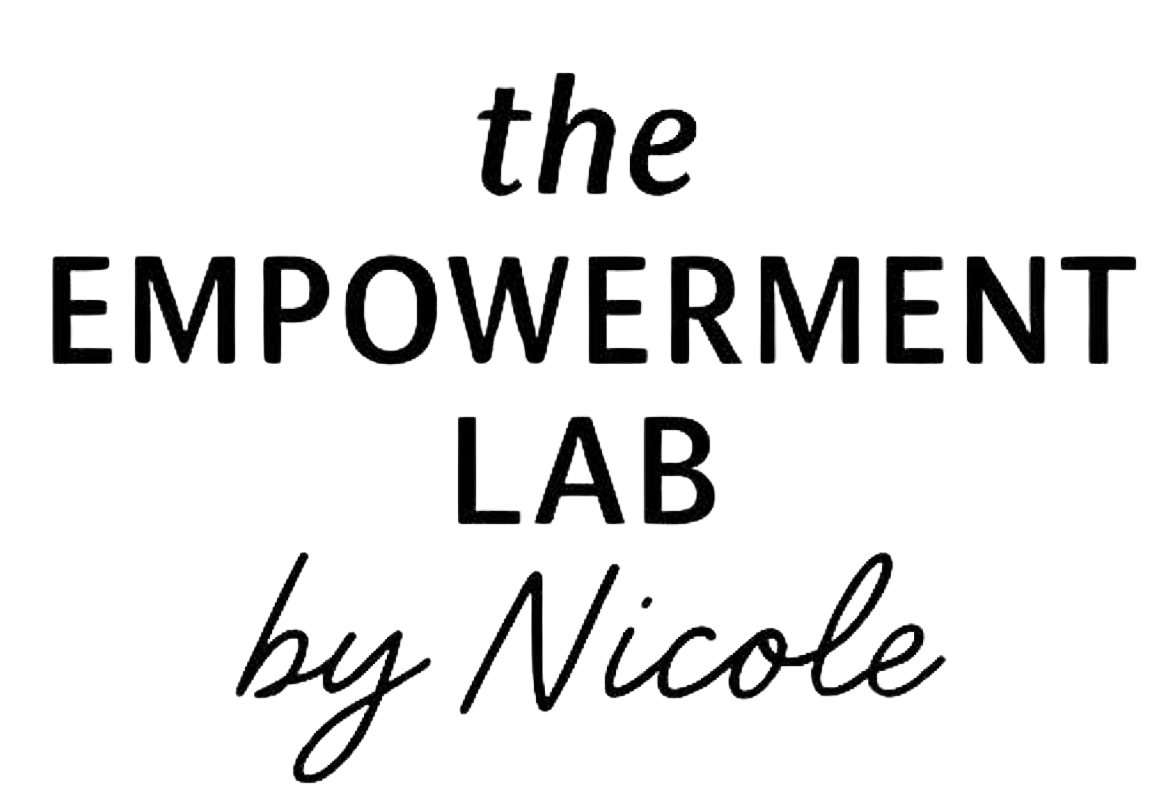Be a gardener of your life
Yesterday I attended a talk on Regenerative by Design, and it stirred something deep within me. The core idea was simple yet profound:
Regenerative systems aren’t static or merely sustainable—they are alive.
They’re designed to restore, renew, and evolve through continuous interaction with their environment.
That simple shift in perspective changes everything—from how we design buildings and policies, how we build cities to how we raise children, from how we heal the land to how we design education.
Regenerative approach is a totally new area of field to me, but it’s totally relevant.
As an educator, I kept thinking:
Can we apply the same regenerative approach in education, in teaching or in learning? How about personal growth?
Regenerative Education: Designing for Life
In conventional systems—especially in education—we often strive for efficiency, outcomes, control. But what would it look like to design education as a regenerative system? A living, breathing “biosystem” that includes both students and teachers, not as isolated individuals, but as interdependent beings co-evolving together?
In fact, a “slow-biosystem”.
If we took a regenerative approach to education, we wouldn’t just transmit information. We would cultivate conditions where curiosity, well-being, and growth could thrive organically. We would slow down. Observe. Compost outdated ideas. Make room for diversity. Allow new insights sprout in unexpected directions.
“Allow”. I’m surprised as I use this word. I thought that’s what supposed to be, but sadly in today’s world, we have to ask permission to “allow” that happen.
Can we provide a space where learning is not hurried or standardized, but rather deeply rooted and self-sustaining?
A system that supports not just the development of knowledge, but of people, communities, and futures would allow us to "interact, restore, self-sustain and evolve". Then perhaps we can at the same time nurture ourselves better.
Slowness as Fertility
In regenerative systems, slowness is not inefficiency—it’s fertility. It allows us to notice what’s actually happening, to adapt with integrity, to build resilience. A garden doesn’t bloom all at once. The richest soils are built over time, with decay, patience, and care.
What if we gave our personal growth that same grace? If we nurtured ourselves as carefully as we nurture others? If we allowed ourselves seasons of rest, and didn’t measure our worth by productivity alone?
When we live regeneratively, we begin to see that everything is connected:
waste becomes input, rest becomes growth, small becomes powerful.
And education—at its best—can become a reflection of that same life-giving pattern.
Becoming a gardener
To be regenerative is to live with an orientation toward healing, not just surviving.
It’s about creating systems—whether classrooms, relationships, or daily routines—that give back more than they take.
So how do we begin?
We begin like gardeners do: with care, with attention, with an openness to surprise.
We plant seeds.
We observe what’s growing.
We prune what no longer serves. And we trust in the slow, steady unfolding of life.
We can be regenerative by design.
Not just in the spaces we build, but in the lives we lead.
Any more ideas to share?
How do you nurture your life?

